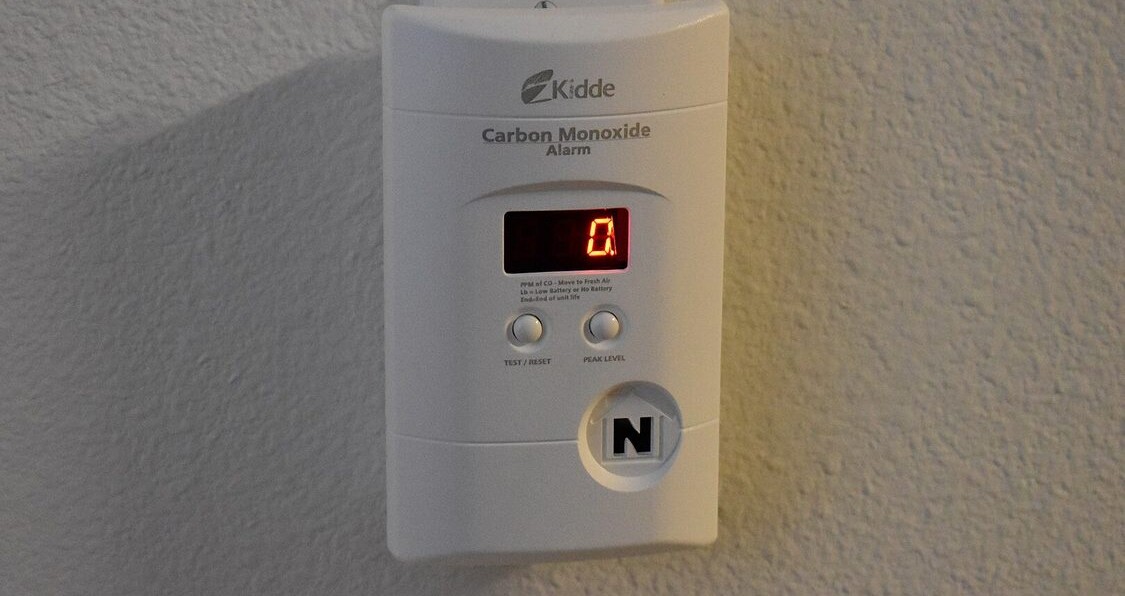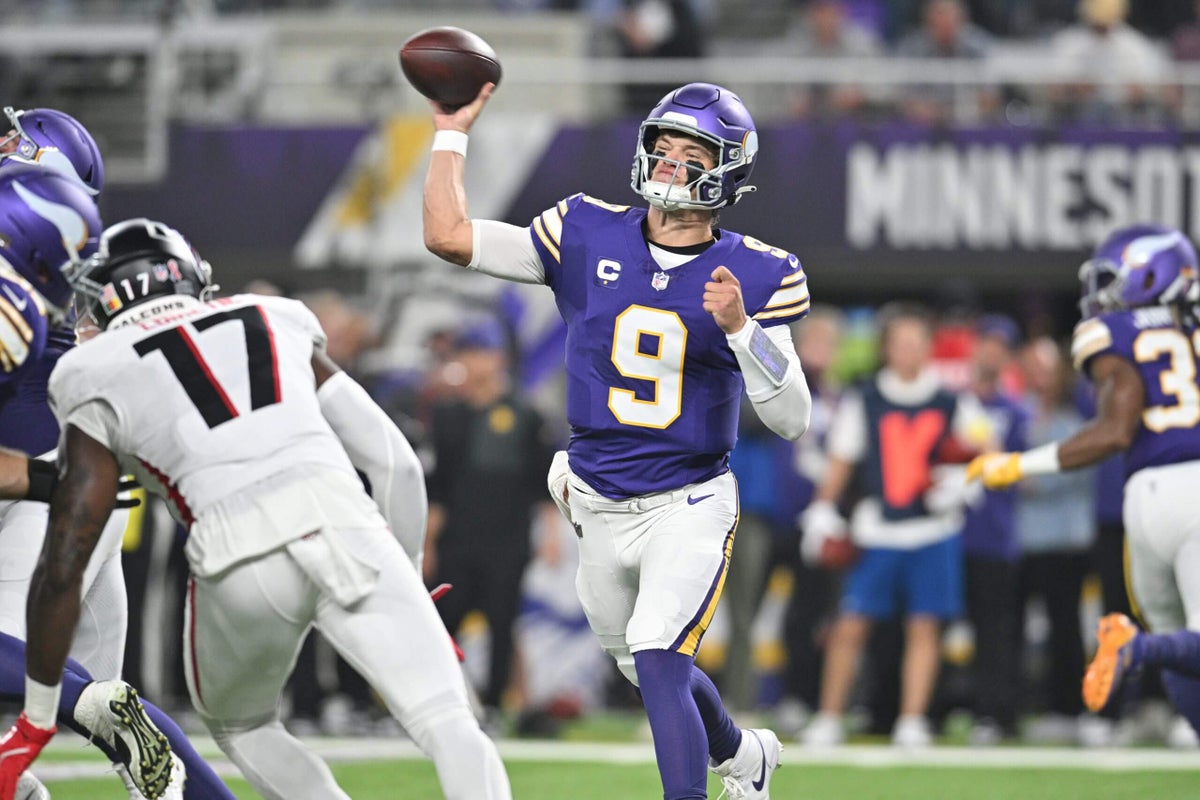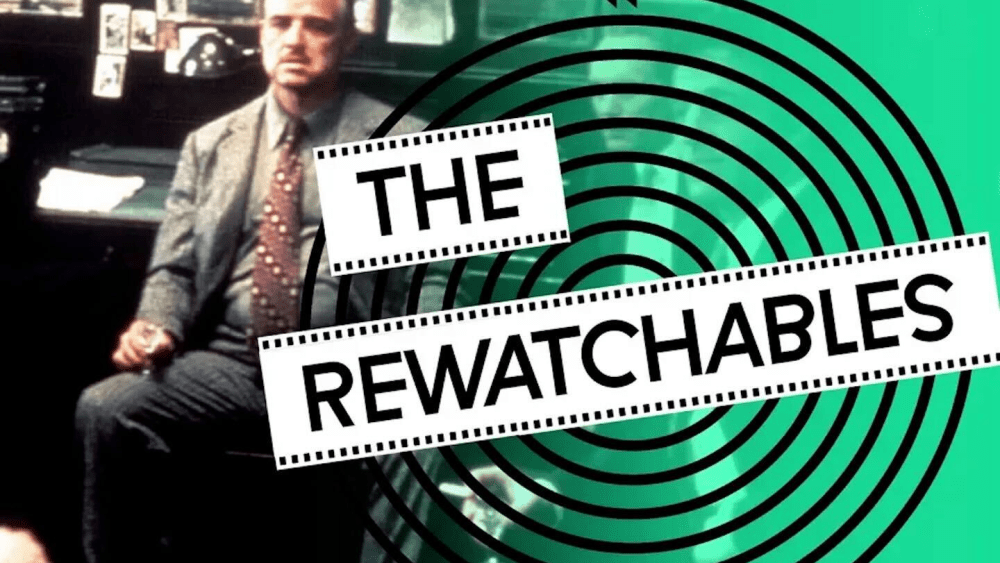EAGAN, Minn. — Thirty days. That’s how long Minnesota Vikings quarterback J.J. McCarthy went between practices.
He returned Monday for the first time since the lead-up to the Week 2 matchup with the Atlanta Falcons. Coach Kevin O’Connell talked about the positives of having McCarthy back. He did not, however, officially name McCarthy as the team’s starter ahead of this weekend’s game against the Philadelphia Eagles. Not even after Carson Wentz, who has performed adequately in starting the Vikings’ last three games, was also dinged up in the two games overseas.
“I think we’ve got to prepare to try to win a game on Sunday,” O’Connell said. “We really want to get our team ready to go. In the process of doing that, J.J. has his plan of attack that we want to make sure we maximize every single day.”
McCarthy’s timeline has two variables. The first is his health.
From the outset, when O’Connell announced McCarthy’s high ankle sprain the day after the loss to the Falcons, he said that McCarthy’s ankle needed to fully recover before he would be thrust back into action. O’Connell highlighted the importance of mobility to McCarthy’s play style. He also cited the right ankle as a critical component to the young quarterback being able to repeatedly plant and fire at a high level.
The second variable? Refined lower-body mechanics. O’Connell has referred to the subject too many times at this point for it not to carry major significance. Again on Monday, in his first news conference following the bye week, O’Connell used the phrase multiple times.
“It’s the foundation of throwing mechanics from the ground up that he’s really taken to since he got here,” O’Connell said. “Just the consistency of it.”
Head Coach Kevin O’Connell gives an update on @jjmccarthy09 pic.twitter.com/h1quJAWjdl
— Minnesota Vikings (@Vikings) October 13, 2025
It’s worth noting here what O’Connell sees as effective quarterback play. In his eyes, success at this position is not a byproduct of a rocket-launcher arm or jaw-dropping athleticism. Those traits may help, but the core of O’Connell’s philosophy lies in rhythm and timing from the pocket.
Can you reach the top of your drop with your feet aligned to the target? Can you then swivel your feet and eyes in tandem, checking yes-no boxes depending on the picture you get from the defense?
Everything O’Connell and quarterbacks coach Josh McCown teach is rooted in these principles. They remove a sizable portion of the guesswork. Rather than having to scan the whole field and see everything, the quarterback becomes responsible for processing smaller snippets. And, if they’re maintaining the original intent of the play, they can move to the next snippet in short order, when a receiver should be arriving by design.
Much of McCarthy’s work in training camp was built around making this all seem second nature. But his performance, even then, was uneven. During plenty of afternoon practices, McCarthy missed high-probability throws and held the ball long enough for the pass rush to get home. But the Vikings forged ahead. In one preseason news conference, O’Connell even looked up at the sky and said, “The sky has not fallen. We’re all good.”
The Bears and Falcons games in Weeks 1 and 2 brought some of the concerns to light. Receiver inconsistency in the opener didn’t help. The offensive line’s issues made the situation even worse. But the Week 2 tape lays bare so much of what O’Connell has recently discussed: McCarthy would reach the top of his drop and sidestep ever so subtly. Or he’d pop up from the ground, forcing extra movement.
Perhaps the ankle injury played a role. But more than anything, what’s been abundantly clear is how much O’Connell wants McCarthy to learn from Wentz’s mindset of “the power of completions that maybe don’t necessarily always go to the first or second progression.”
“It might be T.J. (Hockenson) helping out on a protection, and it’s a critical 12-yard gain when all we did was check the ball down,” O’Connell said. “Or, whether it’s being surgical with your accuracy when No. 1 is open. You do that by getting to that foundation, and then playing with great balance and rhythm from that point.
“It’s something that seems like Quarterback Play 101,” O’Connell continued, “but I watched a lot of football (Sunday), and I didn’t see it as much as you think you should see it.”
He went on.
“We’re trying to give the best plays we possibly can, but within those plays, you have five eligibles for a reason,” O’Connell said. “Finding that open eligible and putting the ball in play, and the power of preserving not only yourself but also the integrity of staying efficient as an offense ends up being the quarterback’s job a lot of the time.”
The bye week allowed O’Connell hands-on time with McCarthy to review many of the core teaching points. O’Connell described it as “building that foundation back up.”
But even if the Vikings can fine-tune McCarthy on the practice field, what is the guarantee that the foundation will remain solid in live game action with pass rushers closing in on him, the crowd roaring and defensive backs disguising their coverage?
Furthermore, if the Vikings decide that McCarthy needs more time, can Wentz stay healthy enough to make it work?
Wentz is still managing a serious left shoulder injury. When asked Monday how Wentz has progressed since the win over the Browns in London, O’Connell noted that it’d be incumbent upon Wentz — if he is the one who plays — to get rid of the ball quickly enough to avoid taking more hits. The only other layer of insurance is undrafted rookie Max Brosmer, who has thrown just four regular-season passes.
In the grander scheme of things, these are less pressing matters. McCarthy has now missed 20 of his first 22 NFL games due to injury, and the 2025 season was supposed to establish a sense of optimism for the future. The sooner he plays, the more time he’ll have to make that happen.
First Appeared on
Source link













